 On Saturday, November 7, Anna and I took the bus to Philadelphia for a reception and ceremony in which the Board of Directors of The Photo Review presented me with its annual award.
On Saturday, November 7, Anna and I took the bus to Philadelphia for a reception and ceremony in which the Board of Directors of The Photo Review presented me with its annual award.
This award represents the first time that TPR has selected a recipient from outside the Philadelphia area. (I do have a long association with the journal, and I’ve lectured and taught in Philadelphia — at the University of the Arts and Temple University. I’ve also offered private seminars in the area.) The award names me and this blog, Photocritic International, “for outstanding contributions to photography, including the investigation of Robert Capa’s D-Day photographs.”
The presentation took place in Hamilton Hall at UArts, after a reception and before The Photo Review‘s annual fundraising auction. Harris Fogel of the UArts Photography Department introduced Stephen Perloff, who offered the following brief comments:
The first issue of The Photo Review was published in January 1976. And the first time A. D. Coleman’s name appeared in The Photo Review was in December 1976 when we published a letter of encouragement he had sent us. His first byline on an article appeared in March 1978 accompanying a review he wrote on the work of George Tice. Since then his name has appeared some 40 times on reviews, essays, and book reviews — more than any other author.
For several decades, Coleman has been one of our very most important critics of photography. And while this is in some ways a lifetime achievement award, it has been spurred specifically by his extraordinary series of blog posts on his website Photocritic International that debunks the myth of Robert Capa’s “melted” D-Day negatives. Along with his collaborators on this series — J. Ross Baughman, Charles Herrick, and Rob McElroy — Coleman has shown how long-form scholarship on the web can be a powerful force for understanding.
I was initially going to write a much longer introduction, but instead will read this appreciation by our board member Tony Bannon, the long-time director of the George Eastman House and currently the director of the Burchfield Penney Art Center. Tony really wanted to be here tonight, but unfortunately was unable to make it.
•
A. D. Coleman by Anthony Bannon
Google A. D. Coleman and by the time you have passed the A and the D, you are home at C. Spelled out.
No wonder.
A. D. Coleman is a byline that soon will celebrate its 50th professional anniversary.
Almost all of us who care about ideas related to photography grew up with the promise of finding thoughtful provocation below that name. Coleman began at the Village Voice in 1967, writing about theater, and a year later, working a column on photography. He overlapped the Voice with the New York Times for several years; and he became the first bona-fide voice on photography in the Times from 1970 into 1974.
In hindsight, it is hard to believe he wasn’t at the Times for a decade or more. Not until you look it up do you realize that those were just four short years, begun and ended, as with so much in Coleman’s life, on principle. And that is an important point.
Coleman is among the great critics — serving as an observer without restraint, a voice steadfast in its refusal of privilege, standing firm over years for a civic standard worthy of his wide public. Photography follows on from this foundation. Photography has its own peculiar magnetism, a presence Coleman has called poetic: Thus, its high stake in support of meanings, richly constituted — sometimes softly, often with an edge.
It could have been another medium. It was Photography that took hold. Perhaps it happened this way:
The critic’s work begins with description. This is a brake that holds back a mind sometimes racing too fast toward conclusion: Just what is this object of concern? How does it survive so well without sound, or smell, or temperature? What is depicted, or not? How does it employ the stratagems of composition?
As a master of rhetoric, Coleman at his best constructs simultaneous attempts to figure out his subject. In a real way, he is performing his education in public. The critic’s simultaneous approaches to his work are through analysis and interpretation. Interpretation looks out of the image and into how it connects with similar, even larger, ideas — while simultaneously drilling into it for an analysis of just how this thing works. Just what are its basic elements?
This is Coleman’’s particular gift, and by these means he buries between his lines the triviality of evaluation. By this time, it no longer matters to ask, “Why bother?” Because it already is perfectly clear. And that is the heart of Coleman’s writing — and his gift as well, for over time, the thoughtful, respectful approach appears in his teaching (most particularly at New York University from the late 1970s to the early 1990s), and in creating exhibitions for institutions around the world, and in using the worldwide web and its associating social spaces for all that they can be worth.
Son of parents who valued the word and used it, who surrounded themselves and their family with others of like mind, Coleman left New York with his parents for France and later England during the political terrors of mid-century. Thus, when Allan returned to P.S. 41, P.S. 3, and then Stuyvesant High School in Manhattan, he was bilingual and especially married to language and its possibilities. He was active in literary pursuits when New York thrived on words, the Beats becoming Hippies, and Hunter College with its two campuses, where Coleman edited the largest college paper in the city. Coleman earned a degree in English Literature, and he followed the Grail of the decade to San Francisco State for a master’s degree in Creative Writing and more English literature, when Haight-Ashbury itself was a place where those things were happening, too.
Coleman’s Olivetti Lettera 22 portable typewriter became a Smith-Corona Personal Electric and eventually an Apple computer, and with them he produced eight books and thousands of essays published in 21 languages in 31 countries, becoming elements for archives, as articles appeared in countless publications via self-syndication — steadily for a time in the New York Observer (1988-97), and thereafter through print periodicals, blogs, and other electronic means.
These are big numbers representing valuable work. But the danger in such citations is that these numbers don’t just manifest like ticks on a clock. They come from deep relationships with wise men and women, artists and writers, and long looking in so many galleries and, in the early days, studying in such bastions of photo accomplishments as George Eastman House, the Museum of Modern Art, the Metropolitan Museum of Art, and the New York Public Library.
Yes, from these studies one is rightfully recognized and awarded, as we do today, and before has been received from the National Endowment for the Arts (its first award to a photo critic) and from the centuries-old Royal Photographic Society of Great Britain, its J. Dudley Johnson medal for “lifetime achievement in writing about photography.”
But these awards are also for us. The virtue of the award winner reminds us of values we might share, when on our best behavior. This award, then, is a summons to pay attention, not only to our award winner’s past accomplishments, but to what persists. We are challenged to read A. D. Coleman’s collected volumes, and his articles, available along with his colleagues’ writings at the Photography Criticism CyberArchive (which he established), and in The New Eyes Project, an online resource for teaching aids for young people, as well as in his Nearby Café online, where his blog, Photocritic International, appears frequently, interspersed, again, with writing by others. These writings now are no longer merely criticism of photographs; more is expected of Coleman’s work in particular, which might be better termed “informed cultural reflections,” whether about the practice of the Lucie Awards, or the use of the visual image by ISIS, or his in-depth investigation of the myth of Robert Capa’s “melted” D-Day negatives. Count on Coleman for Challenge. And Civics. And Courtesy. Ladies and gentlemen, we present A. D. Coleman.
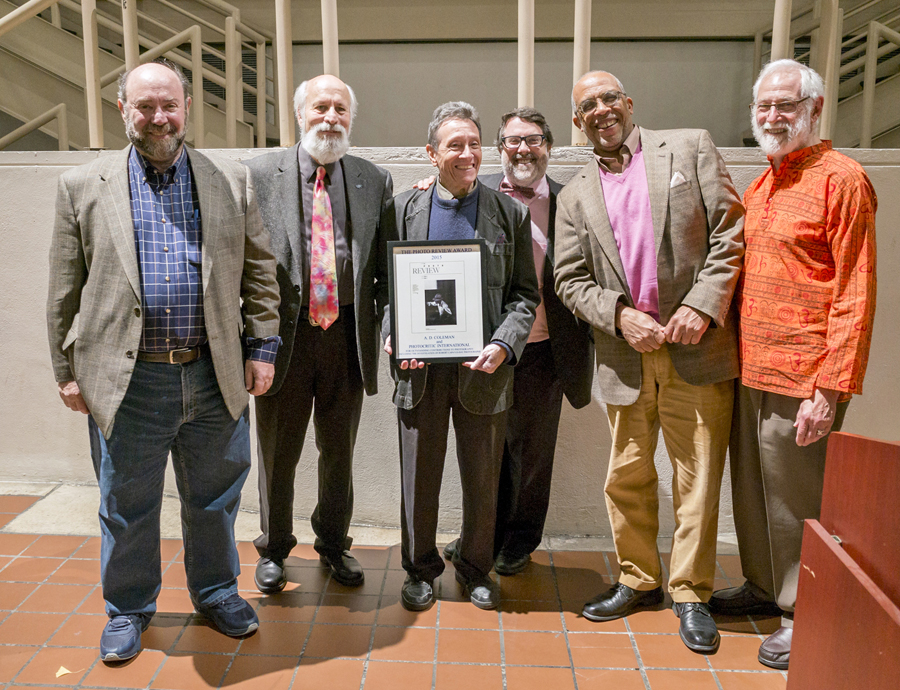
Photo Review Board Members present A. D. Coleman with The Photo Review Award for 2015, November 7, 2015. L to R: Howard Waxman, Stephen Perloff, A. D. Coleman, Harris Fogel, William Earle Williams, Al Gilens. © John Singletary.
•
Photo Review Award 2015: Acceptance Speech
by A. D. Coleman
As a working professional writer, I’ve always had the modest ambitions typical of those who practice this craft: I simply want everyone in the world to have the ability to read everything I write, preferably in their own native language.
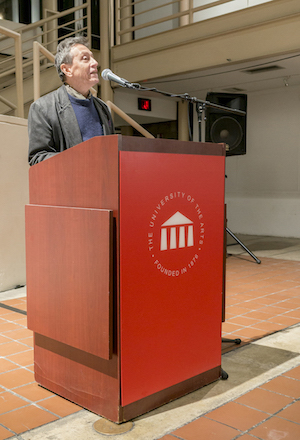
A. D. Coleman, acceptance speech, Photo Review Award, Philadelphia, November 7, 2015, © John Singletary.
Toward that end I’ve published widely — some might say indiscriminately — in almost every platform made available to me: the culture sections of general-audience newspapers and magazines; the websites run by others, as well my own since 1995; newsstand periodicals devoted to art, photography, and new technology; and a variety of “little” magazines specializing in photography. As a result, I’ve seen my work translated into 21 languages and published in 31 countries. Not quite the global reach to which I aspire, but not bad for a one-man operation.
Most of those publications paid for my work; some paid well, a few even paid handsomely. The ones that paid little or nothing were primarily the online outlets and the “little” magazines. The Photo Review falls into the latter category — and, for the record, it pays better than many of its kind, partly at my urging while serving on its board. Be that as it may, I’ve always accepted the going rate from “little” magazines — which has included truly token fees, in the low two digits — because I consider them the very heart of the medium’s literature, through which the lifeblood of critical and historical and theoretical writing gets pumped into circulation. So I believe that those of us who write and do research on photo-related subjects have an obligation to support them however we can, since they make our work available to readerships that may not come across it elsewhere — and, no less importantly, they create a permanent trace of what we sometimes refer to as the collective discourse about the medium.
My connection to The Photo Review goes back to 1977 and Stephen Perloff’s participation in a Conference on Photography Criticism that I organized and moderated at the Visual Studies Workshop in Rochester in April of that year. We met there, stayed in touch thereafter, and I became a periodic contributor to the magazine, a board member for a stretch, and an occasional informal advisor. (Tony Bannon, whose tribute touched me deeply, worked as a critic back then and also took part in that gathering.)
When I started my work in the field in 1968, I had become convinced that photography was important enough to merit the full-time attention of at least one working critic. Approaching the 50th anniversary of that debut, I still feel that way. Along the way I’ve had my professional ups and downs. During the low periods, the “little” magazines made it possible for me to continue my work and develop my ideas in public. When things went better for me, I tried to repay the favor by continuing those relationships. The mortality rate among those publications is extremely high; I’ve outlived dozens of them. It saddens me that the field does not do more to keep them afloat.
However, a few of them — The Photo Review and its editor, Stephen Perloff, among them — have shown that they’re in it for the long haul. As am I. So it’s a special honor to receive this recognition tonight, and to enter the distinguished company of those who earned it before me. While I won’t dispute the Board’s decision to present me with this award, I have to say that I’m not sure it’s well-advised. It will only encourage me.
Thank you.
•
Absent at the Unfolding
Unfortunately, the timing of this trip meant that I had to skip “Max Kozloff and the Unfolding of Photography Criticism,” a symposium sponsored by and held at the School of Visual Arts in Manhattan. (I wasn’t invited to participate, but it was free and open to the public.) Presenters included “Sandra Phillips, senior curator of photography at the San Francisco Museum of Modern Art, addressing Kozloff’s concentration on street photography; author and scholar Phillip Lopate discussing Kozloff’s observations on portraiture; photographer Duane Michals speaking on Kozloff the photographer; and curator, critic and Yale School of Art Dean Robert Storr discussing Kozloff’s contributions to the field of art and photography criticism. Moderated by SVA faculty member Lyle Rexer.”
That would have been entertaining; I regret missing it. So it goes. Perhaps they’ll put their video of it online.
My Week in Berlin
Back in September, Berlin-based “Art Lover and Blogger” An Paenhuysen selected me as her “Art Blogger of the Week,” asking me for my thoughts on a set of topics she emailed to me. She published the results on September 30. Because those stimuli dealt with broad issues of professional writing about art (blogging and subsidizing a blog among them), they evoked responses that don’t repeat what I’ve published here at Photocritic International. It’s a quick read, short and to the point. Perloff used a section of my response to Paenhuysen on the page of The Photo Review‘s auction catalogue devoted to the TPR award:


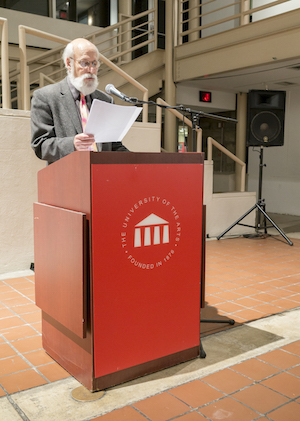
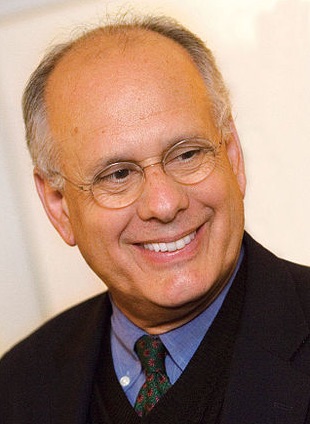
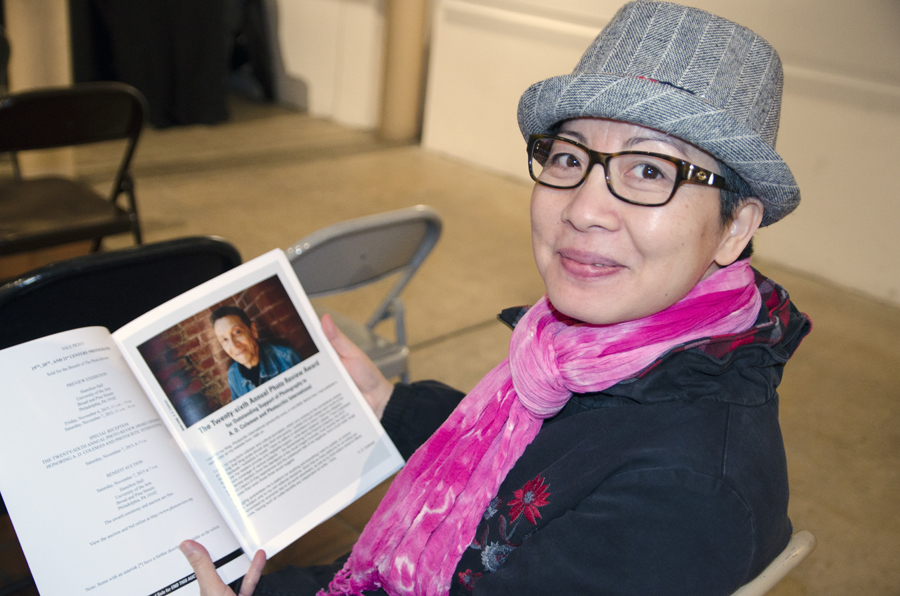
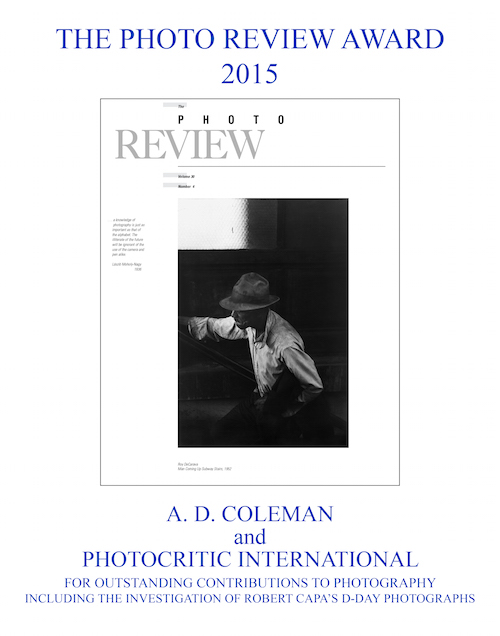
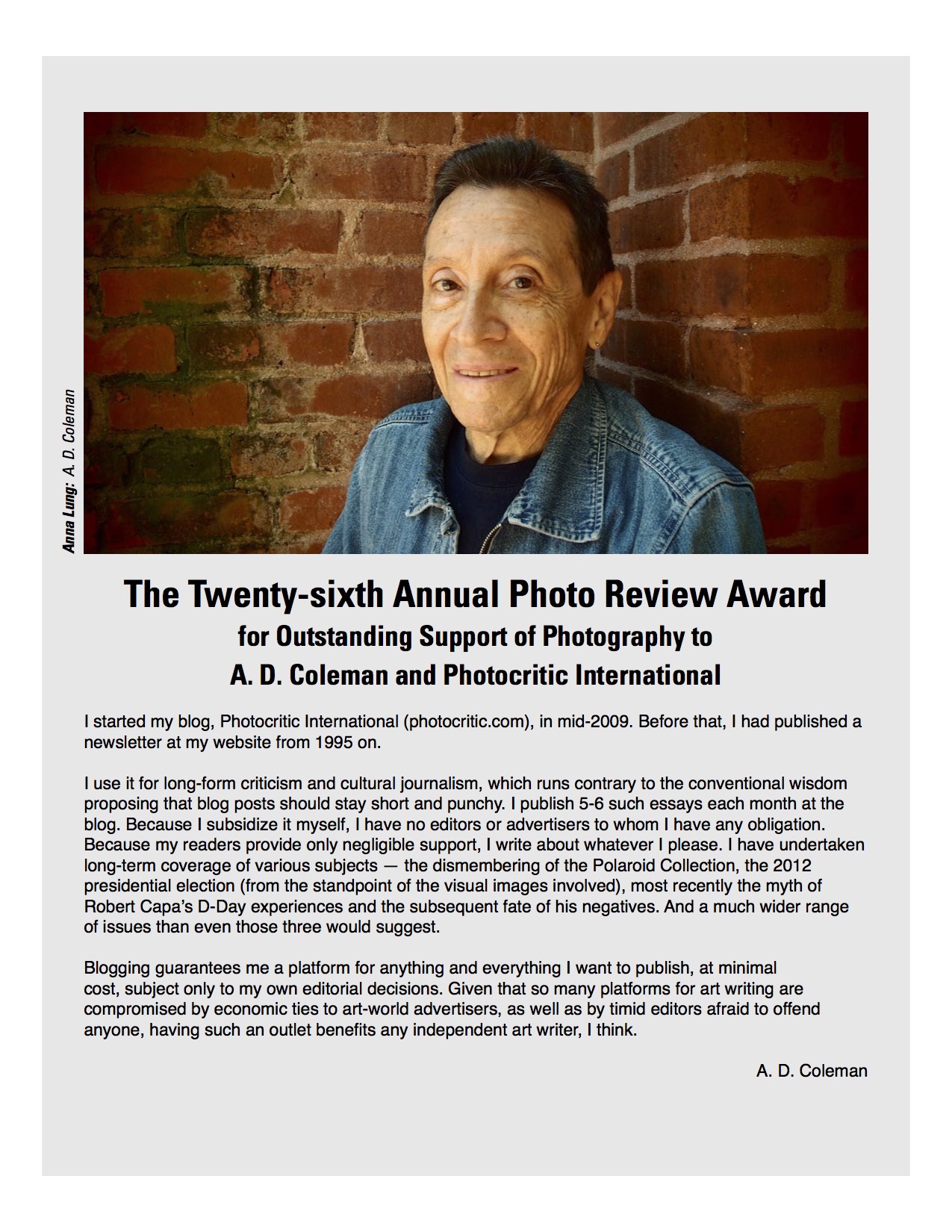




Dear Allan,
Congratulations on the award.
It is well deserved and pays tribute to your decades long contribution to our field.
Most of us have been your faithful readers for a long time.
Best regards,
Nissan
Allan
Congratulations. If there is a finer person in the photography world than Tony Bannon, I have never met him or her. High praise.
Very best,
Chuck
Congratulations. Well deserved!
tillman crane
Dear Allan,
I’ve just sent a donation to you in recognition of your work on the Robert Capa story, and in recognition of the awards you’ve received for it and for your body of work.
Congratulations, wish I could send more, and keep it up!
Martin Magid
Bloomfield Hills, Michigan
Many thanks for the donation. You thereby become the sponsor of the next two posts in the Capa series.
Congratulations Allen,
It made me feel good to read about your award.
Harry
Allan,
Congratulations on receiving the TPR award. Although I confess to only knowing the slightest of what you’ve accomplished over the years, I’m honored (truly) to know you and to be associated with you through your sponsorship of my work on The Nearby Cafe. It’s been exciting to follow your work on exposing the Robert Capa myth, and to read your Photocritic International posts in general. As always, above and beyond your work, I’m delighted with your warmth, your integrity, your quiet thoughtfulness, and your overriding sense of humor.
Congratulations on this well deserved award.
As a teacher of photography for over four decades, I acknowledge your work as an invaluable contribution.
At a time when the medium of photography was getting little of the attention and respect it deserved, your pioneering efforts were essential and have continued to be so.
J. B. Colson
Professor Emeritus, School of Journalism
Fellow, Briscoe Center for American History
The University of Texas at Austin